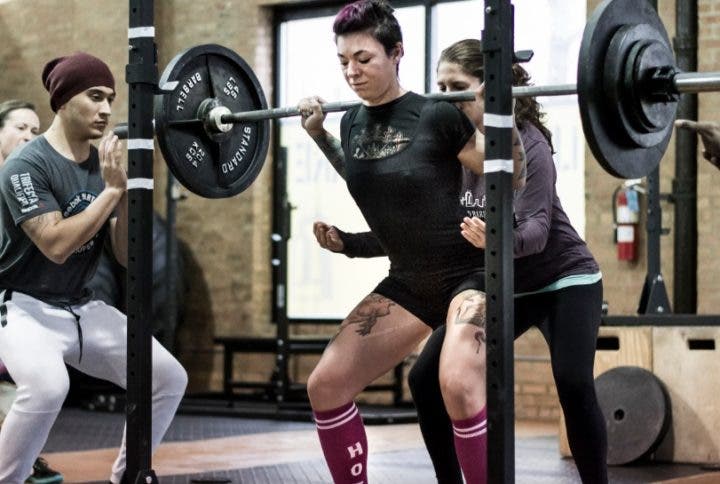Injuries are an unfortunate aspect of any sport – many athletes have gone through the experience of spending months training for a competition only to see their effort lost down the stretch due to sheer oversights.
The case of athletes who perform strength routines is quite illustrative. Few, like them, are so exposed to fractures, injuries and dislocations. It could be said, without exaggerating too much, that any training of this type that is carried out with considerable intensity is risky. But, as is always the case when a risk is posed, there are effective prevention methods for strength workouts .
Being a little more aware of our technique and personal conditions can be the difference between a successful training or weeks of forced rest.

5 steps to avoid injury when training strength
1. Evaluate past injuries and find out what went wrong
As paradoxical as it may sound, a good way to prevent injuries is to learn from past experiences. Any information the evaluator has given you, whatever possible causes, is a good clue.
Injuries during strength routines are typically caused by the following:
- Repetitive stress.
- Poor movement patterns.
- Lifts performed without balancing the weight well.
- Lifting weights too heavy for our ability.
- Any collateral accident (equipment that fails, among others).
A complete evaluation of the affected area, together with an honest review of the fact itself, can make a difference in future occasions.

2. Check your technique
Each physical activity focused on building strength has its own demands. Muscles work differently under different demands, and that is why lifting postures and ways vary from someone who practices powerlifting to someone who practices weightlifting.
These small but fundamental differences in technique are well known to someone who concentrates on lifting weights, but for someone who works out on cardio machines, swimming, or any other discipline, they may be in for a nasty surprise when they start supplementing their workouts with strength routines .
Some clear signs that you are doing something wrong in technical terms are feeling unbalanced, feeling increased pressure on a muscle group, or almost immediate pain.
Obviously, the technique changes will depend on your goals and the type of lift you want to do, so it is difficult to summarize it all here. However, as a general recommendation, whenever you are going to train strength in a different way, do not guess or assume how it is done: look for a trainer trained in the specific branch to guide you.

3. Schedule your workouts based on the goals you have
At some point, every athlete who trains in strength has set a challenge that exceeds their capabilities. When this happens, it should never be interpreted as a sign of weakness, but rather as a warning sign of improper approach.
For example: for a powerlifting athlete to be able to load his back and legs with the weight of a 400 kg object, he needs to train his legs deeply and his back in sections, working the quadratus lumbar muscle and the erector spinae consciously. Otherwise, you would be exposing yourself to a more than safe injury.
To a lesser or greater extent, all strength training has a similar process of gradual improvement. If this principle is not respected, there is a risk of injury.

4. Add mobility and flexibility exercises
Many strength athletes pay too much attention to movements that develop greater muscle hypertrophy, but too little attention to movements that provide mobility and flexibility. That is, they sacrifice functional factors based on size.
Muscles work together much more than we usually think. For example: if you do not have enough hip mobility and you put your lower body into a strength routine, you are at risk of injury in other areas, such as the gluteal area or the hip flexor.
To prevent this, obviously it is necessary to add a few mobility and stretching exercises to your routine, but you also need to pay attention to the signals your body sends: if you are one of those who walk every day with sore joints, do not think that It is the trophy that you carry for your effort; rather, it is a sign that you are doing something wrong.

5. Get regular medical exams
As much as you know about strength training, you will hardly be able to outperform the trained eye of a traumatologist or physical therapist.
A regular medical check-up is quite helpful. For example: you may do all your workouts correctly, but if you are in poor posture outside of the weight room, your spine may have a little pump without you even knowing it.
In any case, prevention and proper advice will always be the key.

Reference
- Clark, John. A 5-Step Path to Injury-Free Strength Training. For Breaking Muscle. [Revised January 2017]